It doesn’t matter if you are a beginner or new to machine learning or advanced researcher in the field of deep learning methods and their application, everybody can benefit from Lex Fridman’s course on Deep Learning for Self-Driving Cars.
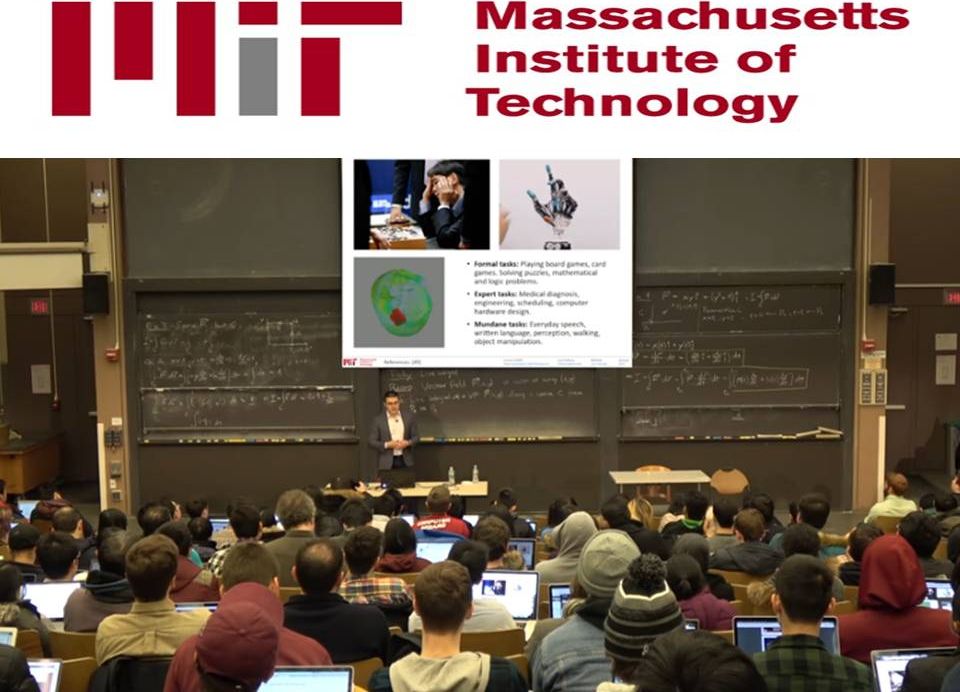

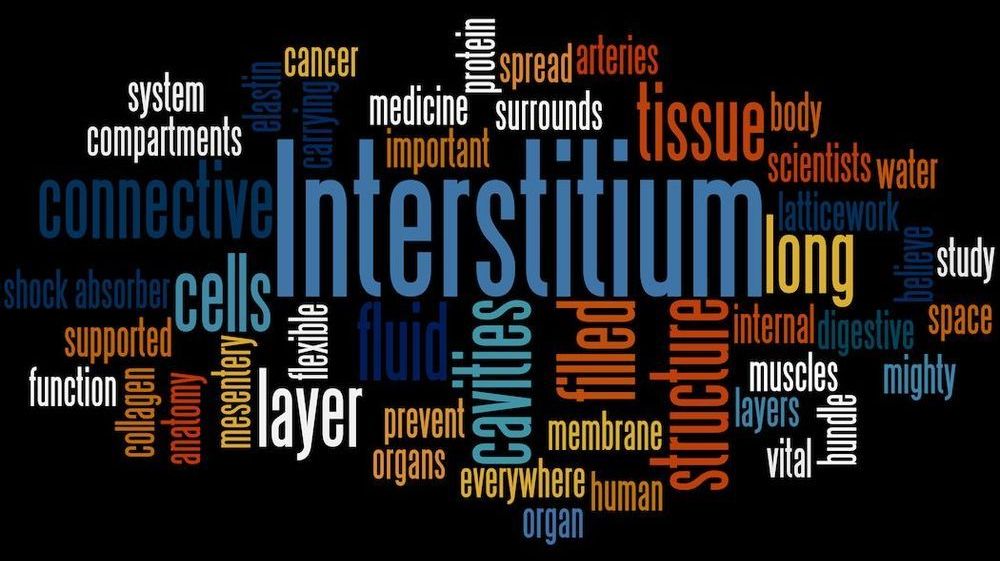
It seems incredible that scientists have discovered a new human organ. I mean, they cut people open right and left (living and dead). How could they miss anything?
Well, they did. A new organ has been identified. Actually, two. Plus a new “structure” that is not quite an organ.
First, the “structure”: In 2017, an elaborate system of drainage vessels was seen in the brain for the first time. Until then their existence was suspected, but not certain.
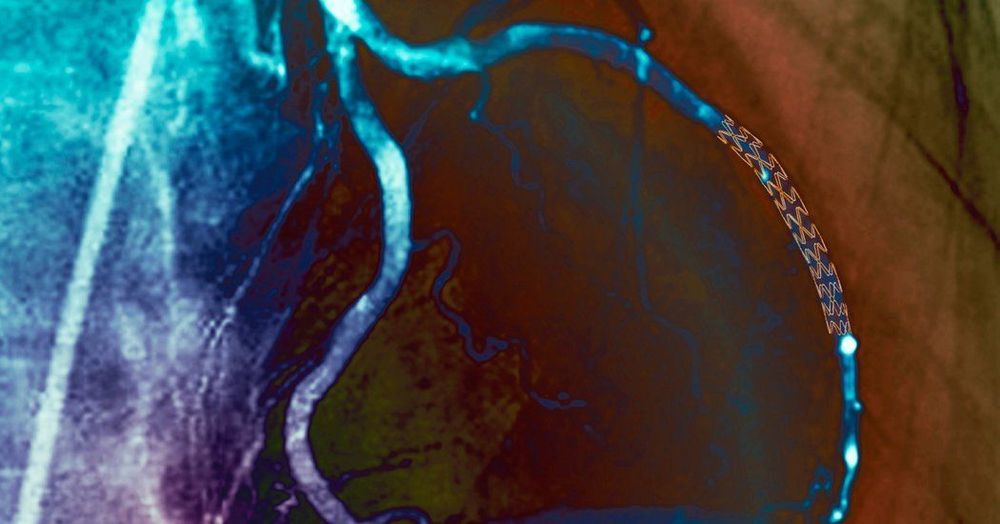

FAQ Timeline Dashboard Multimedia Exhibit A new abnormal: It is still 2 minutes to midnight 2019 Doomsday Clock Statement Science and Security Board Bulletin of the Atomic Scientists Editor, John Mecklin From the President | Full Statement | Board Biographies | About the Bulletin | Clock Timeline PDF version | Print this … Continued.
Ira Pastor ideaXme exponential health ambassador interviews Mr. Dennis Kowalski, Cryonics Institute President, EMT-paramedic, certified in advanced cardiac life support (ACLS), advanced pediatric life support (PALS), a CPR Instructor for the American Heart Association, and a fire fighter!
Ira Pastor comments: Cryonics is defined as the extremely low-temperature freezing (or vitrification — converting into glass or a glass-like substance) usually at −196 °C or −320.8 °F or 77.1 K, and storage of a human body or part of a human body, with the hope that resurrection may be possible in the future.
Cryonics procedures can legally begin only after clinical death, and cryonics “patients” are legally dead. Cryonics procedures ideally begin within minutes of death, and use cryo-protectants to prevent ice formation during cryo-preservation The first person to be frozen via cryonics was that of Dr. James Bedford in 1967.
It’s estimated that over 300 bodies had been cryo-preserved in the United States, and a couple thousand people have made arrangements for cryo-preservation to date.
While it is not yet possible for a dead body to be re-animated after undergoing vitrification, in order to revive patients in the future, it will be necessary to be able to cure any diseases which lead to death, repair cells damaged in the freezing process, and repair cells damaged by the ageing process.
The Cryonics Institute (CI) is an American not-for-profit corporation that provides cryonics services to both humans and pets.
A new 3D printing technique switches between ‘inks’ so fast you can’t even see it.
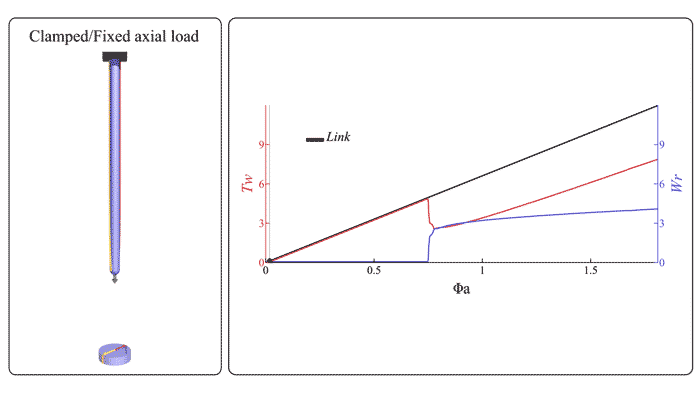
Artificial muscles will power the soft robots and wearable devices of the future. But more needs to be understood about the underlying mechanics of these powerful structures in order to design and build new devices.
Now, researchers from the Harvard John A. Paulson School of Engineering and Applied Sciences (SEAS) have uncovered some of the fundamental physical properties of artificial muscle fibers.
“Thin soft filaments that can easily stretch, bend, twist or shear are capable of extreme deformations that lead to knot-like, braid-like or loop-like structures that can store or release energy easily,” said L. Mahadevan, the Lola England de Valpine Professor of Applied Mathematics, of Organismic and Evolutionary Biology, and of Physics. “This has been exploited by a number of experimental groups recently to create prototypical artificial muscle fibers. But how the topology, geometry and mechanics of these slender fibers come together during this process was not completely clear. Our study explains the theoretical principles underlying these shape transformations, and sheds light on the underlying design principles.”
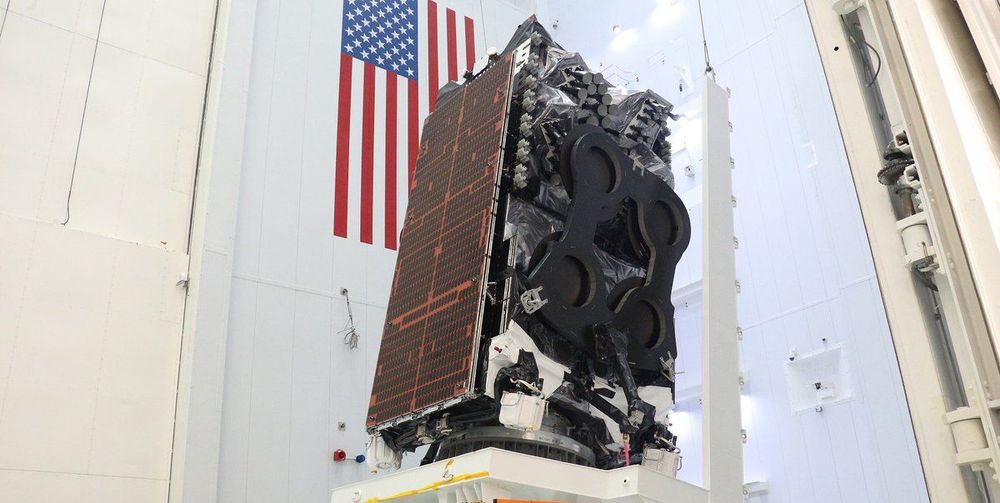
A powerful commercial communications satellite to broadcast Internet signals over the Asia-Pacific region has arrived at Cape Canaveral for final launch preparations ahead of a planned Dec. 15 liftoff on top of a SpaceX Falcon 9 rocket.
The JCSAT 18/Kacific 1 communications satellite, based on Boeing’s 702MP satellite design, is a shared spacecraft between Sky Perfect JSAT Corp. of Japan and Kacific, a startup telecom company headquartered in Singapore.
Kacific announced the satellites’s arrival at Cape Canaveral on Thursday. Ground crews will complete final testing on the spacecraft and load it with maneuvering propellant ahead of its launch next month.